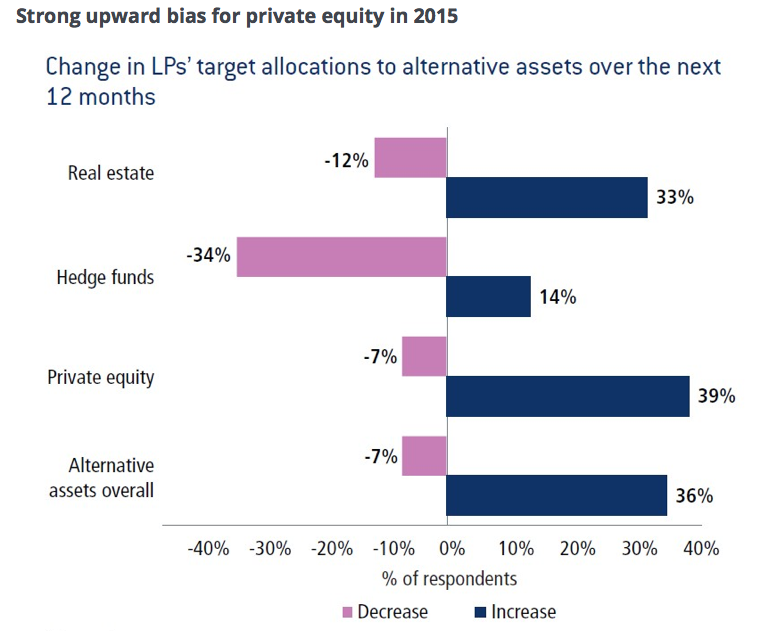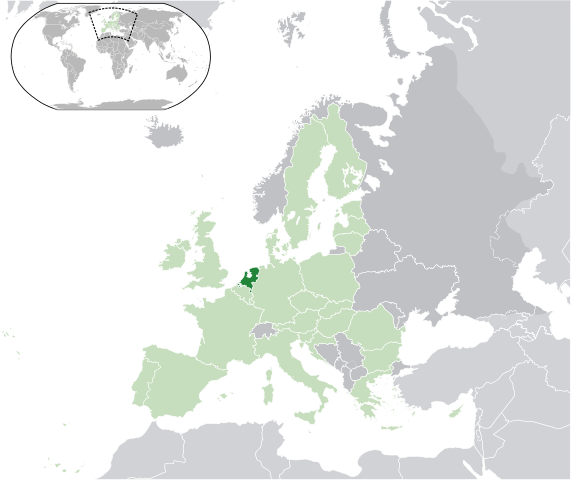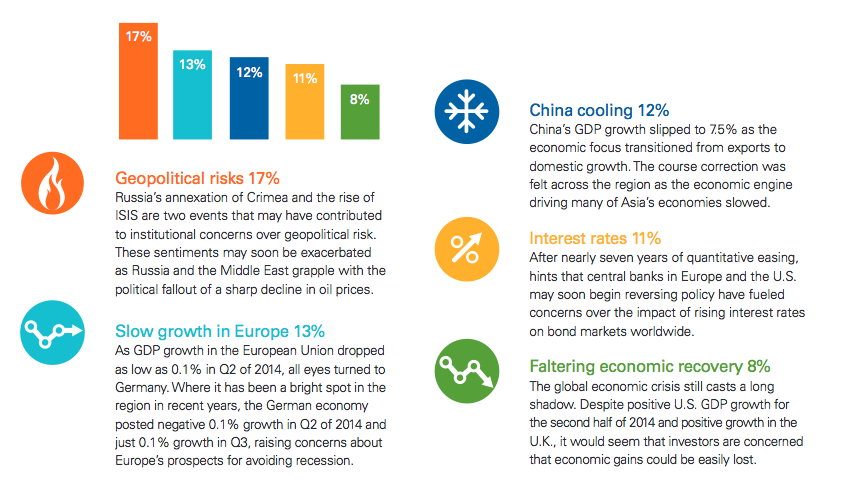
Research from the London Business School shows that the vast majority of large private equity firms – 85 percent – are feeling increased pressure from Europe’s institutional investors to incorporate environmental, social and governance (ESG) considerations into their investment policies and processes.
Details from Investments & Pensions Europe:
The study was based on responses from 42 private equity firms with collective assets under management of more than $640bn.
“Issues such as climate change, sustainability, consumer protection, social responsibility and employee engagement are no longer viewed solely as components of risk management, but have also gained recognition in recent years as important drivers of firm value, particularly in the long term,” the study said.
[…]
But even though ESG policies were being adopted more and more, there were still some big obstacles to these being implemented, the study showed.
The most notable barrier was the difficulty in collecting the necessary data, it said.
Also, some respondents cited the attitude of internal managers as a barrier to implementation.
“It appears that, while ESG integration has become common, there remain pockets of internal managerial resistance to the whole idea of considering such issues as relevant for investment decisions,” the study said.
[…]
Ioannis Ioannou, assistant professor of strategy and entrepreneurship at the London Business School, said: “The private equity industry is increasingly placing greater importance to ESG, moving it from a purely compliance and risk mitigating strategy to a key long-term strategy through which private equity firms pursue value creation.”
Read the research report here.
Photo by penagate via Flickr CC License









